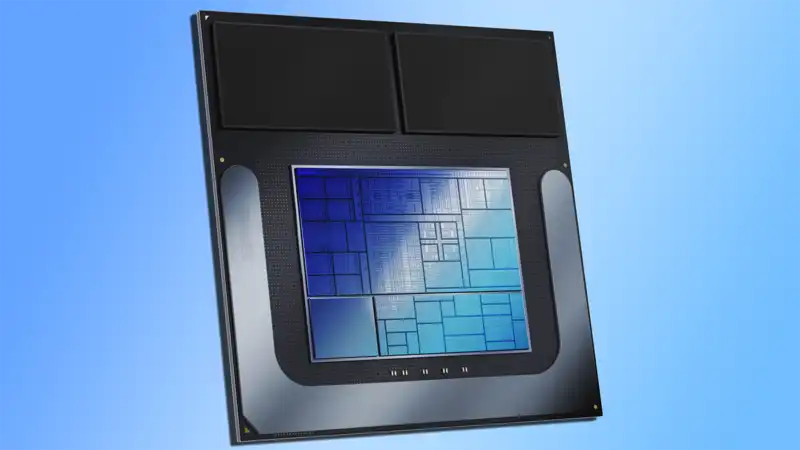"Which saves more power, ARM or x86?" anyone familiar with today's chip lineup would probably answer: easy, ARM. Just look at the battery life of the Snapdragon X Elite laptop. [But is it really? Surprisingly, Intel, which designs most of the world's x86 chips, thinks not.
Robert Hallock has extensive experience with x86 and its benefits. He is currently Intel's vice president of technical marketing and previously held a similar role at AMD for many years. x86 chips can only be produced by Intel and AMD (ignoring VIA). Other companies trying to produce chips tend to use platforms built and licensed by Arm. Or RISC-V, but that's another story.
"We are convinced that the ongoing conversation over ARM vs. x86 power is based on false premises.
"Our view is a physical one. CPU designs that increase the number of cores, increase the size of the NPU, increase the size of the graphics, or increase the complexity of the fabric are not free. These decisions essentially raise the power consumption and TDP of the package to the same level that consumers have been getting from traditional Windows/Linux processors.
"In other words, there is a 'general cost' to implementing the features and performance the market expects, regardless of whether it is an x86 or ARM ISA. In other words, if power consumption is sacrificed by adding complexity in any ISA, then it becomes a battle over which set of design choices will deliver the best performance/power/area (PPA) to meet consumer expectations."[9 [Apple's own designs, Arm processors in cell phones, and the latest Snapdragon X Elite chips that have recently been included in many laptops. In general, these are all devices known for their battery life.
x86, on the other hand, is found in power-hungry desktop chips and servers. Many ultra-thin laptops, though.
Hallock continues to talk about Lunar Lake, the next generation of mobile chips dedicated to slimming down power budgets; at the Lunar Lake architecture presentation, Hallock says similar things about what makes chips power efficient and what doesn't .
"It's not x86 or ARM that determines power. It is the floorplan of the chip. It's the process technology used, the packaging technology; it's the constant optimization of every component of the platform, whether it's the 1-watt panel, the most efficient memory, or the most efficient SSD. This is what battery life is all about. That is what drives CPU power."
"What we see from Lunar Lake is x86 power like we've never seen before. We've thoroughly worked on every execution engine on this chip to maximize performance per watt. We have tapped into everything. Graphics, packaging, core, fabric, every component has been improved."
So is ISA really responsible for the power savings, Intel says it is not, but comments from renowned chip designer Jim Keller may be instructive.
Keller suggested three years ago now, in a conversation with TechTechPotato, that any architecture can be quite power efficient. However, this will change over time.
Over the years, ISAs will be filled with more and more stuff. Some of it is necessary, some not so much, and most of it must be maintained if we want backward compatibility with older software and systems. the older an ISA gets, the more stuff it contains and the less efficient it may become.
x86 is quite old, first introduced in the late 70s. There are many. [When ARM first came out, it was a clean 32-bit computer that looked simple and easy to build compared to x86. But then they added 16-bit mode and IT instructions. This was terrible, and they added a strange set of floating point vector extensions with overlays in the registry files. Then they added special ones for security and boot. So it got even more complicated
"Now came RISC-V, the shiny new cousin. It's an open instruction set architecture with no legacy...RISC-V is an open instruction set architecture with no legacy. [The general efficiency between the multiple architectures, such as whether x86, ARM, or RISC-V is better, is beyond the scope of this paper. But it is clear that the simpler the new architecture, the less ISA junk, the better.
There is a reason we don't play the game with RISC-V, but RISC-V doesn't have enough of it yet. The ecosystem is not yet in place. Furthermore, the process node, the transistors (and how they are powered), the board, and what is actually on the chip undeniably play a large role in determining the power consumption of a particular device.
.

Comments